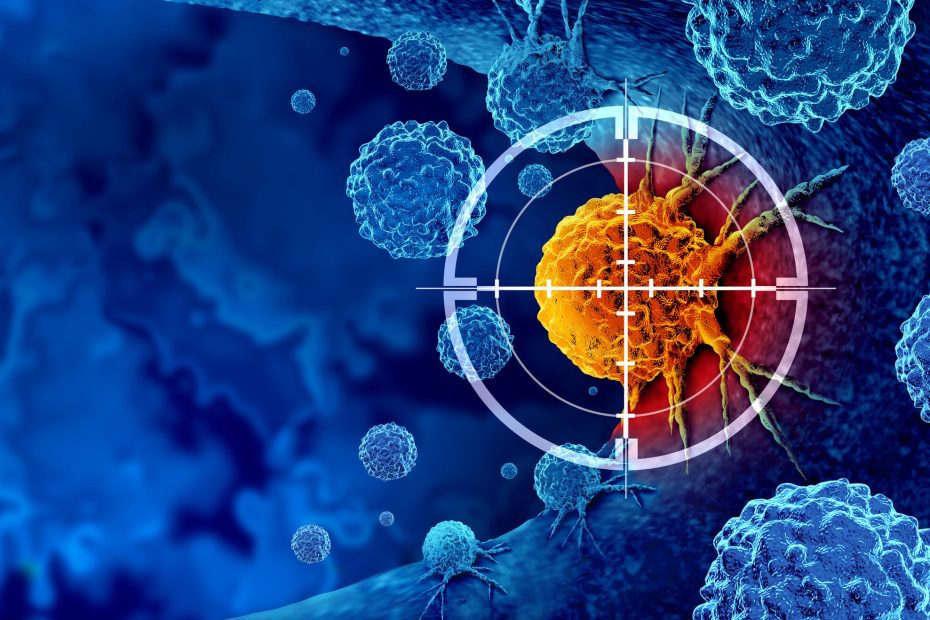Guest blogger, Madeline Kane, is a genetic epidemiology Master of Science candidate at the Johns Hopkins University Bloomberg School of Public Health.
If you’ve ever found yourself obsessively rearranging your desk and checking social media when you have a looming deadline, you know how insidious self-sabotaging behaviors can be. But Carlos-Filipe Pereira and a team of scientists at Lund University have found a way to use these behaviors to our advantage: They are teaching cancer cells to self-sabotage.
Breaking Down the Science
Cancer cells are notoriously good at evading the immune system. One way they achieve this is by coating themselves with sugars and other molecules that make it hard for immune cells to recognize and bind to them — effectively becoming “invisible.” Now, researchers from Lund University are taking away this cloak of invisibility.
Their novel cancer-fighting approach began when the researchers realized they could take advantage of a particular immune system cell type: dendritic cells. Think of them as the “spies” in our body. They roam around, always on the lookout for harmful invaders such as bacteria or viruses. Once they spot a threat, they grab a sample and rush to the lymph nodes (our body’s defense headquarters) to brief the T cells about the enemy. Only with this intelligence can our T cells effectively counter the threat.
Under fluorescent lights in the Lund laboratory, huddled over Petri dishes and test tubes, researchers injected sections of DNA from healthy dendritic cells into cancer cells. By introducing dendritic DNA into the cancer cells, the researchers created a new type of cancer cell that adopted the spy-like behavior of dendritic cells.
When the researchers injected the re-programmed cells directly into tumors in mice, they found that the new hybrid cancer cells efficiently recruited memory T cells (cells that remember and respond to specific threats) and naïve T cells (those that haven’t yet encountered a threat).
Not only did the re-programmed cancer cells adopt these immune-supporting roles, their
tumor-forming capabilities also diminished. The re-programmed cells did not grow into tumors. In existing tumors, these cells even managed to halt or reverse growth. The hybrid cells also began producing inflammatory markers, prompting the immune response to kick into gear.
When the researchers paired their novel technique with existing cancer therapies such as use of immune checkpoint inhibitors, the results were even more compelling. Tumor growth slowed further, and the mice survived longer.
“By teaching cancer cells to assist the immune system, we could be on the cusp of a treatment paradigm shift,” says lead author Olga Zimmermannova. “The idea is not just to kill cancer cells but to transform them, to harness them.”
The Future of Cancer Therapy
Although the Lund lab advancements bring hope, it could be years before the treatment comes to patients’ bedsides. The researchers must make sure the hybrid cells remain stable over time before testing the technique on human patients.
As researchers continue to push the boundaries of what we understand about cancer, it’s clear that the journey toward a cure is one of not just eradication but also innovation.
Related Content
- Cancer and the Mutation Paradox
- First Approval of Cancer Immunotherapy Based on Genetic Marker
- Chasing Cancer: How the COVID-19 Pandemic Affects Cancer Outcomes
Want to read more from the Johns Hopkins School of Medicine? Subscribe to the Biomedical Odyssey blog and receive new posts directly in your inbox.
